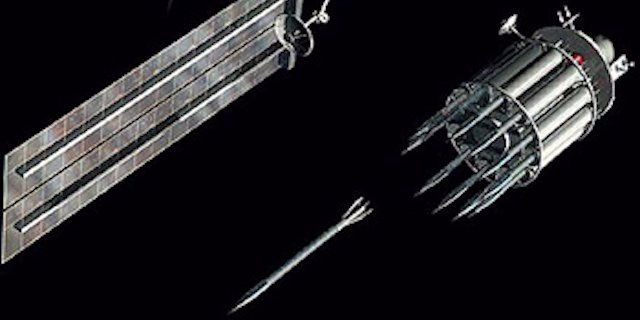A U.S. Army engineer’s idea to turn the standard M4 rifle into an electromagnetic pulse gun recently got the nod from the U.S. Patent and Trademark Office.
James E. Burke, electronics engineer at the U.S. Army’s Armament Research, Development and Engineering Center, received U.S. patent 10,180,309 on Tuesday, giving the Army intellectual property protections on Burke’s “Electromagnetic Pulse Transmitter Muzzle Adapter.”
This invention would enable a single soldier in a ground unit to destroy enemy electronics, such as small drones or improvised explosive devices, by attaching a special blank-firing adapter to their rifle’s muzzle, then firing a shot.









